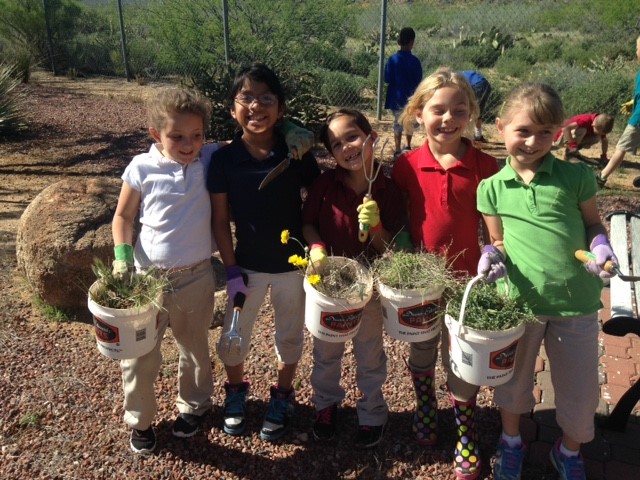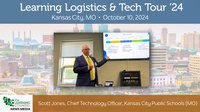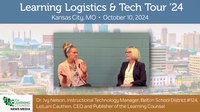Education is like a car. With acceleration, comes shifting gears. Without shifting, you’ll sit in park. As new technology emerges, schools are pushing in the clutch and shifting into high gear to give their students a top-notch learning experience. For a rural Arizona school district, moving the car forward means putting the focus on STEM.
“Everything we do relates to STEM,” explained Dr. Stephanie Miller, Congress Elementary School Superintendent and Principal. “We are a rural community with 77% of students on free and reduced lunch, so we need to provide as many opportunities for them to be successful as we can. It’s my mission to create an environment where students can thrive, become global citizens and explore a world of careers in STEM.”

To further the Congress Elementary STEM focus they also offer a STEM drama club, an after school robotics programs, and a community garden for students to manage. Though extremely different activities, they all have one common emphasis, STEM. While applying their education, they’re also working with their hands and using cross-curricular skills—like learning to drive a car, many students are taking the wheel—and getting hands-on experience for the first time. The teacher is right there in the “passenger seat” to keep a watchful eye on the learners and ensure the “drive” is a smooth one.
Dr. Miller adopted, Defined STEM Performance and Literacy Tasks to supplement the curriculum so teachers could provide content with depth and breadth to excite and engage their students. Defined STEM builds tasks from the UBD (Understanding By Design) framework and presents real-world problems within the context of a career/industry.
“Defined STEM was the driving force behind our STEM integration,” said Dr. Miller. “They were the catalyst providing tools for change and our teachers would not be as successful without it. The Defined STEM lessons align with my vision of supporting classroom education with real world projects, and mirror my goal of teaching students interdisciplinary skills while promoting STEM.”
When teachers log into Defined STEM they can choose performance tasks related to their lessons. Tasks vary from grade to subject and offer teachers direction while allowing room for creativity. Tasks include everything the teacher and students may need including academic articles, videos, writing prompts, and assignment guidelines. Using performance tasks allow teachers to cut the research and preparation out of lesson building, which in turn allows for more classroom instruction and deeper student-teacher discussions. Defined STEM makes project based learning easy, and harbors development in critical thinking and problem solving.
So what triggered this cultural change? After years of searching for funding through any resource she could find, Dr. Miller applied for a grant from the Science Foundation of Arizona and the Arizona STEM Network. In 2012, Congress Elementary was granted $42,500 to support a three-year STEM implementation. From there, the school shifted from a basic curriculum, to an environment molding students for a road to success in STEM careers.
Creating a STEM school from scratch isn’t something that happens overnight. Dr. Miller and her team have spent years developing what works for students, and on developing professional development for the staff.
“Teachers should feel safe to explore, make mistakes, and learn from them, just like we expect our students to do,” Miller says. “ The entire team at Congress takes our STEM vision and intertwines it with the school’s mission.”
The school is in the second year of the three-year implementation program. As the school approachs their final year of funding, Dr. Miller carries a healthy attitude toward evolving the program even more. She believes experimentation is key in creating a successful program and environment. This school year Dr. Miller plans to continue on the fast track to student achievement.
“My biggest advice to teachers and administrators facing the educational shift is simple. Relax and let it happen. Don’t get overwhelmed with the big picture. Take it one step at a time and don’t push into change until you are ready,” said Miller. “With a little push and some gas in the tank, we can accelerate student learning into high gear.”











